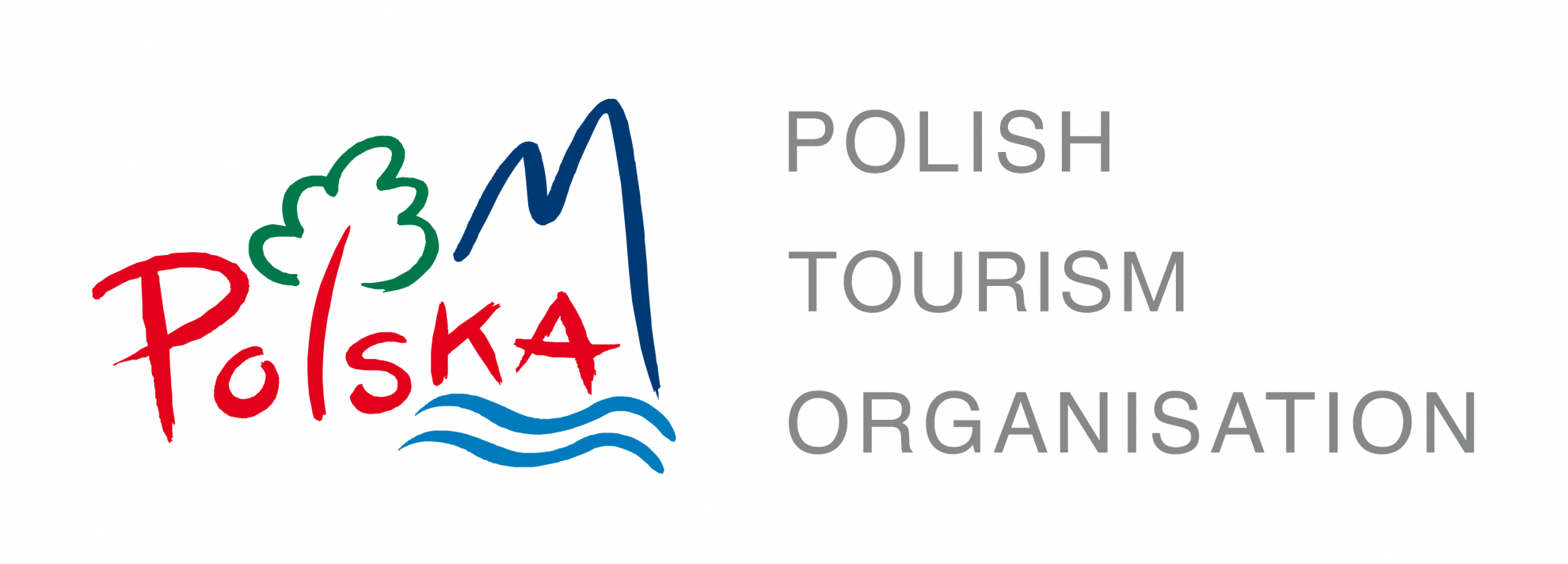This tourist route was created to commemorate one of the most important achievements of the Jagiellonian dynasty – the signing of the Polish-Lithuanian Union in Lublin in 1569.
This tourist route was created to commemorate one of the most important achievements of the Jagiellonian dynasty – the signing of the Polish-Lithuanian Union in Lublin in 1569. Foundations for the Union of Lublin had been laid gradually for almost two centuries – the 1385 Union of Kreva concluded that Lithuania would convert to Christianity and the Grand Duke Ladislaus Jagiello would become the next Polish king through marriage with Jadwiga, queen of Poland. The 1413 Pact of Horodło further tightened relations between the two countries. The process initiated by Ladislaus Jagiello, the first king of the dynasty, was finalised by the last of the Jagiellons – King Sigismund II Augustus. The Union of Lublin was signed at the castle on the 1st of July 1569. It united Poland and Lithuania creating a single state – the Polish-Lithuanian Commonwealth ruled by a single monarch, with a common currency and foreign policy. Both countries retained autonomous administration, treasury, army and jurisdiction. The Commonwealth of Both Nations covered an area of over 800,000 km² and existed till the partitions in the second half of the 18th c.



 Location Map
Location Map